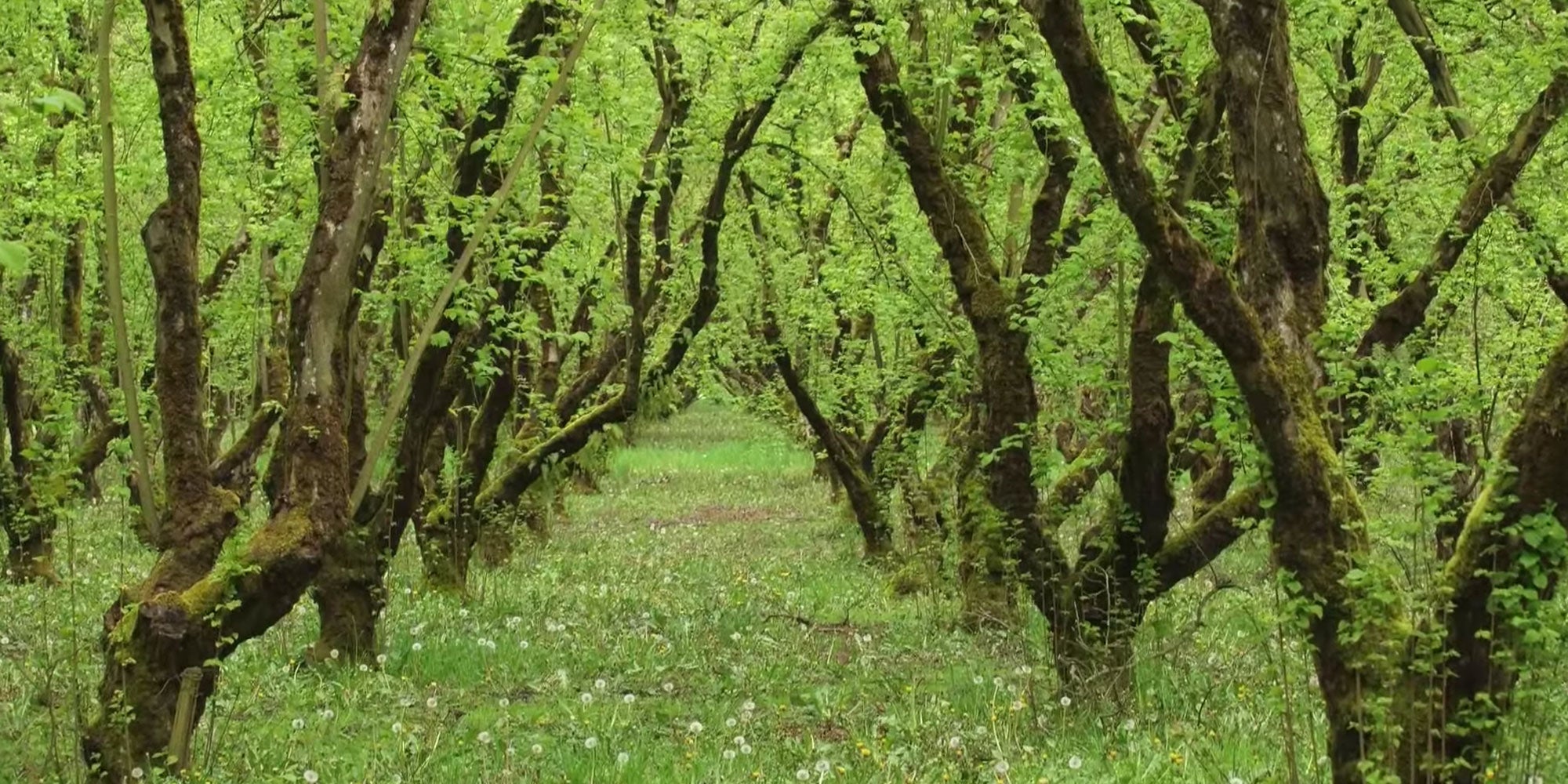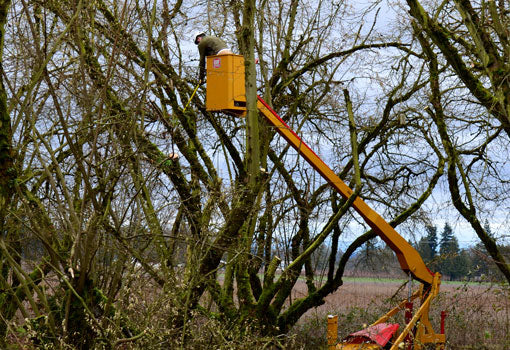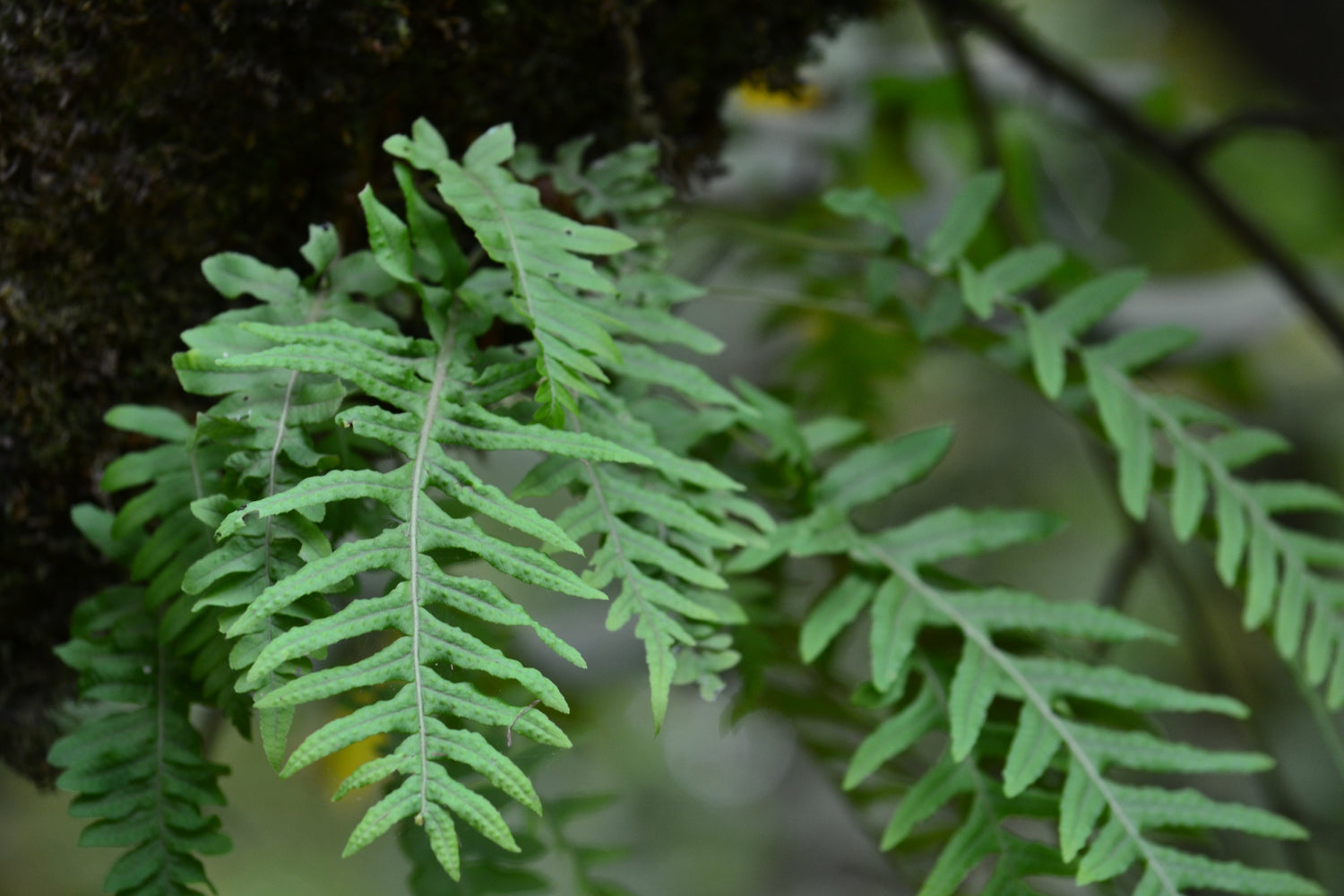
Learning From Nature vs Fighting It
Growing Oregon organic hazelnuts is possible, it’s just not the easiest route
Conventional farming methods have shifted to a dangerous frontier. Choosing to battle natural systems instead of learning from them and creating symbiotic relationships. At Meridian Orchards, we seek symbiotic solutions to the problems we face.

Soil
It all starts with the soil. Inspired by ElaineInghams work, amongst others, Jim and David are strong advocates for building healthy soil by increasing microdiversity and matter.
This is achieved over time by practices of chipping wood and returning soil from the washline to the orchard floor, tons of chicken manure, limiting compaction (tractor work on wet soil), and eliminating the application of toxic chemicals used for weed, pest and fungal control under conventional models.
We also plant a cover crop in the fall with varieties such as vetch, rye and clover to help fix nitrogen and retain moisture in the soil. If you are a soil enthusiast, please check out the film Symphony of the Soil.

Pruning
We prune the trees hard each fall through winter. If you asked Grandpma Birkemeier when the best time to prune was, you were sure to hear
“Whenever your pruner is sharp”
Essentially, it’s hard to prune too much. We aim towards 30% every other year. Prune Prune, Prune!

Bio Diversity
We look to increase diversity insoilaswelloptimizing natural predators and encouraging symbiotic fungal relationships. We have a hedgerow planted along the road full of native plant species that attract an array of birds and insects that help us keep invasive pest species from proliferating. Owl boxes, bat boxes and predator polls are erected to encourage the help of our friends with wings in upholding orchard rodents. Mycorrhizal root dips are used in plantings to encourage healthy fungal systems.
